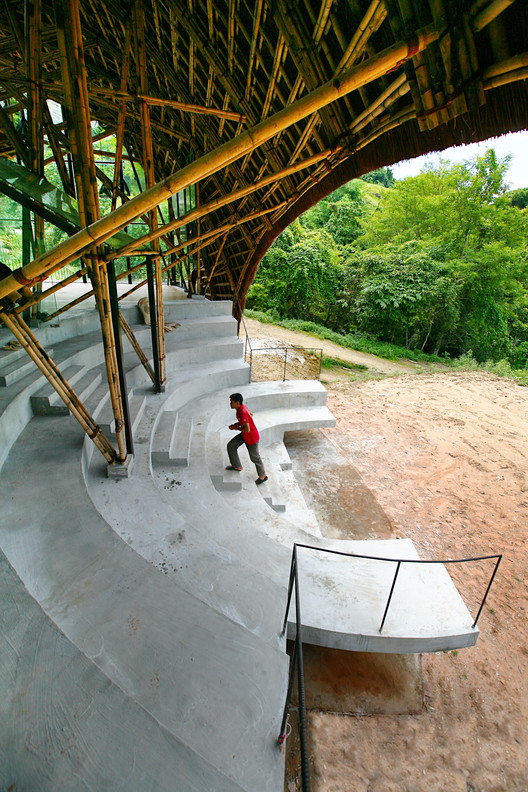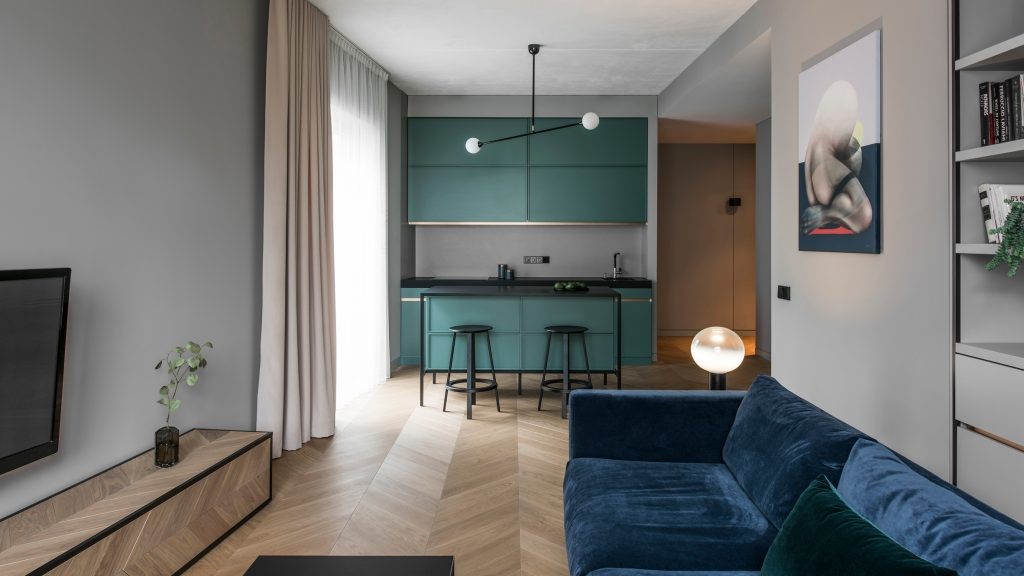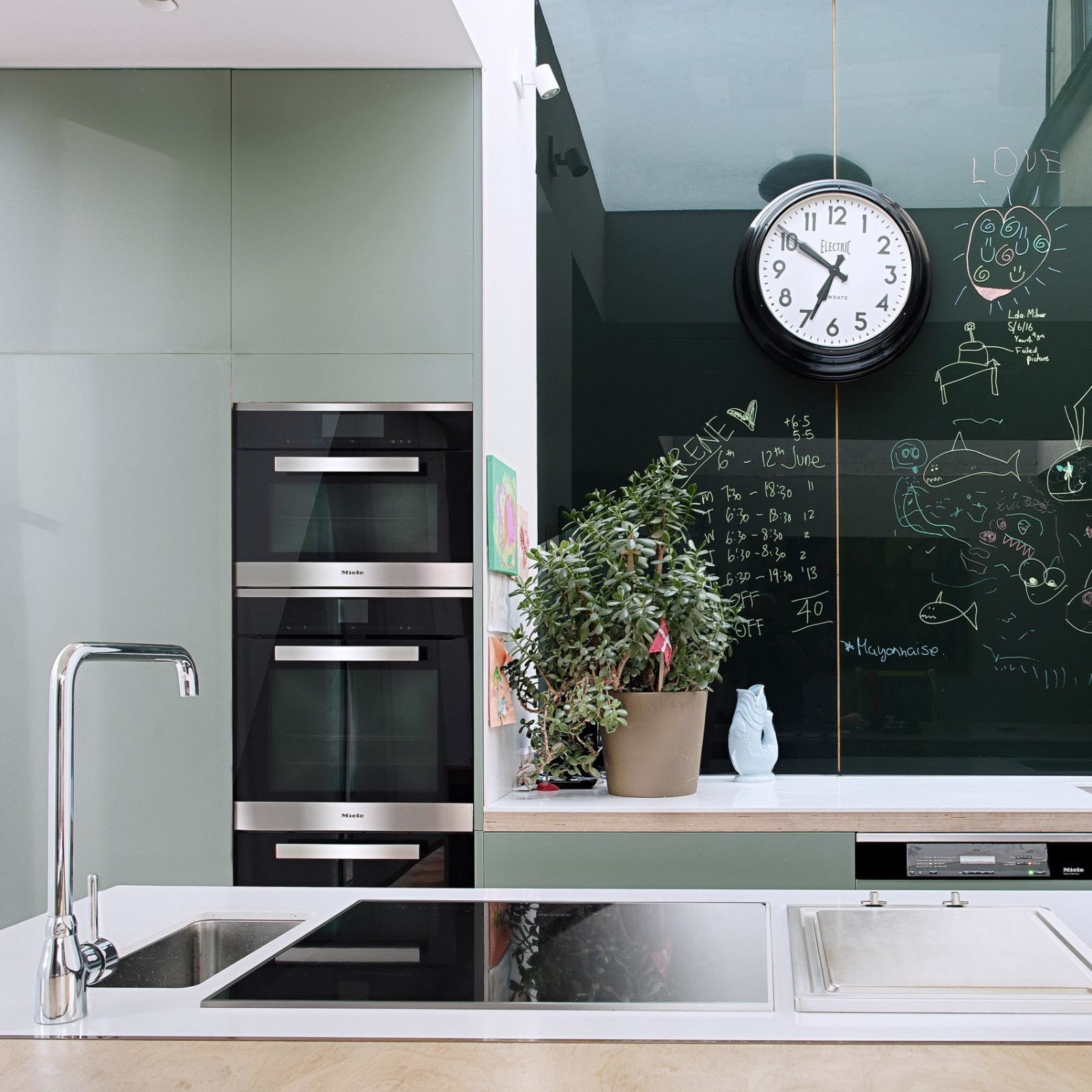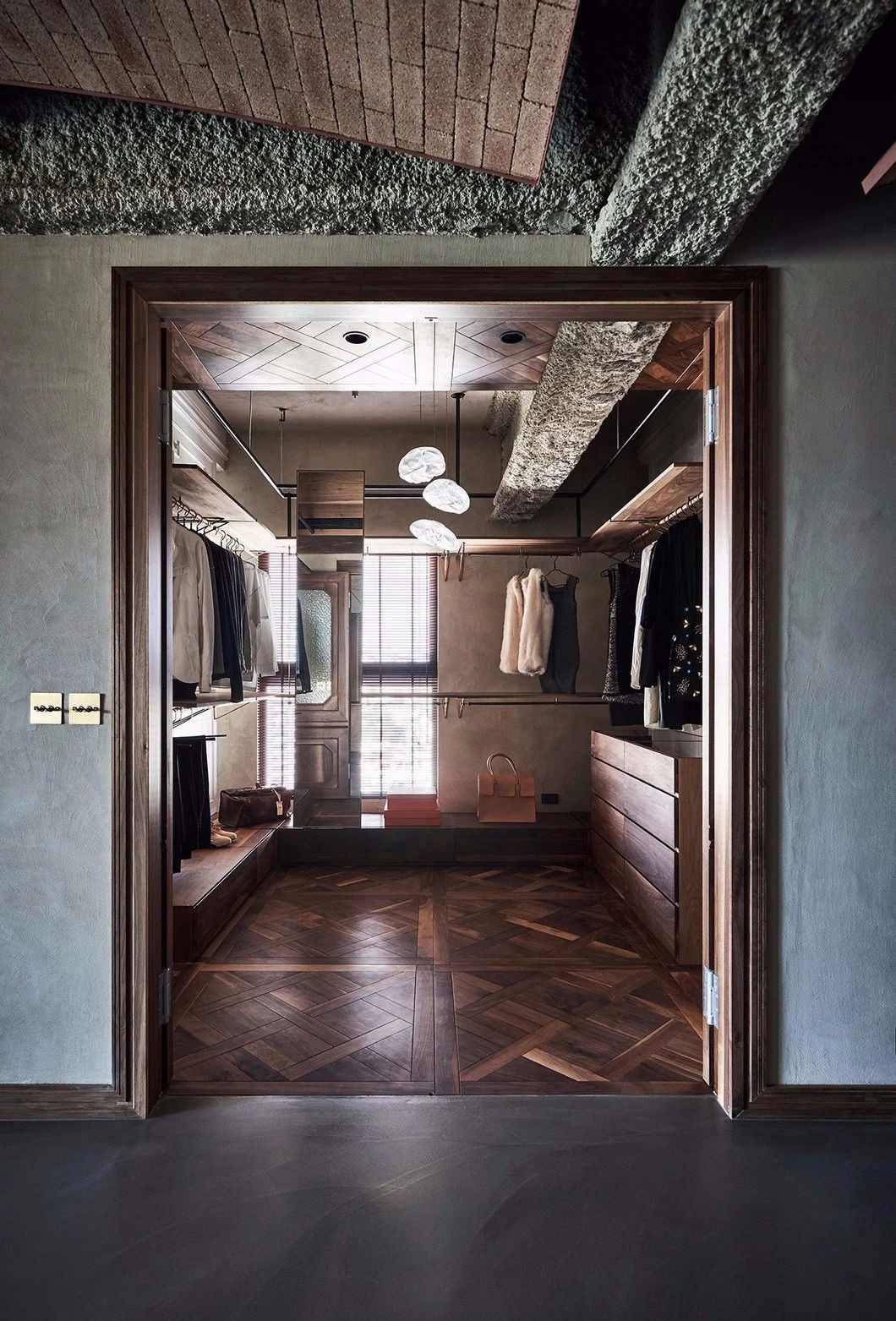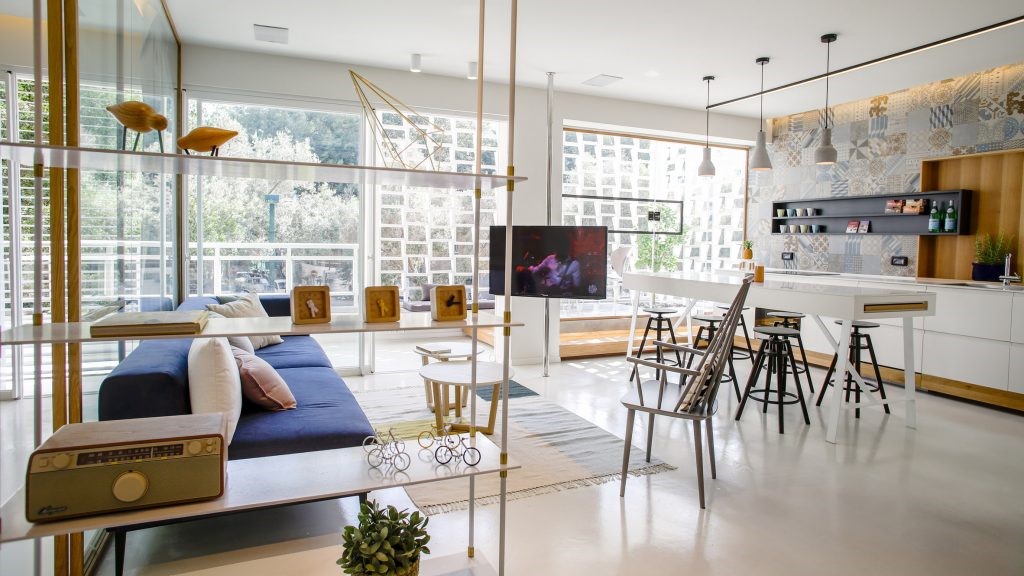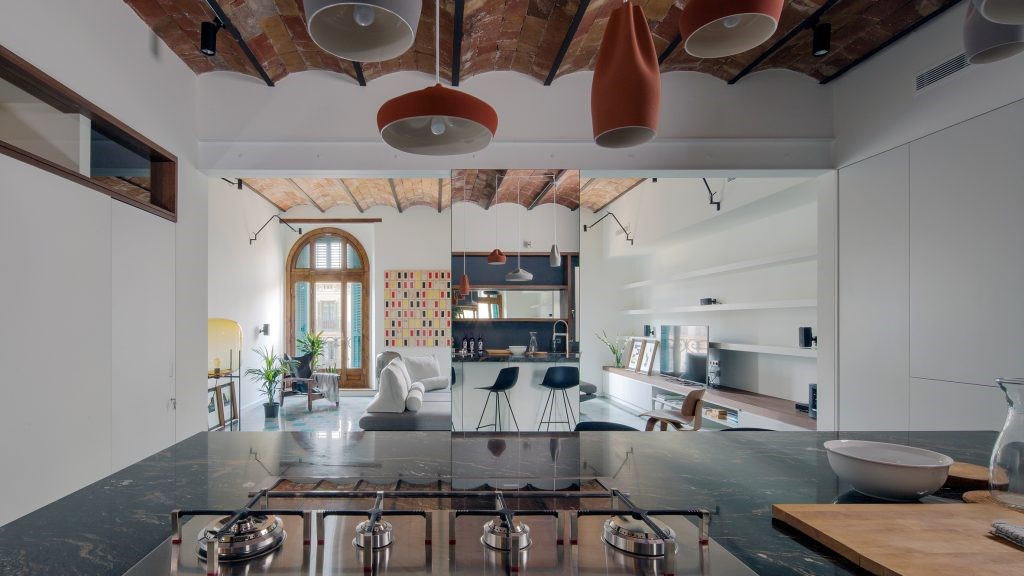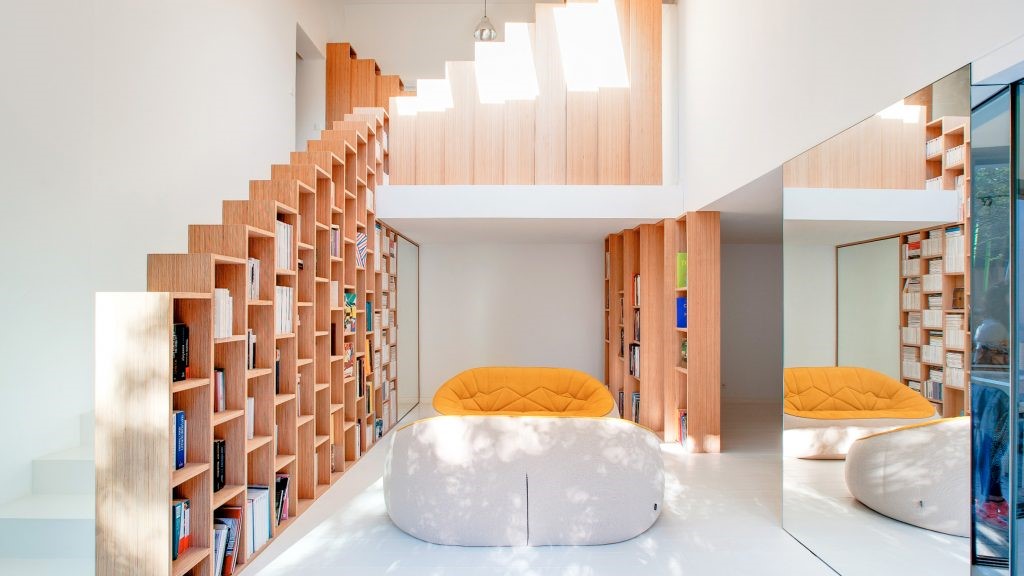EN
2016-11-07 21:00
© Shinkenchiku Sha
(三)沙田新干线


架构师提供的文本描述。Meguro建筑实验室已经完成了一个试验性住宅,可以自由开放到城镇,通过改造减少建设。
Text description provided by the architects. Meguro Architecture Laboratory has completed an experimental residence that can be opened out liberally onto the town by reducing construction through renovation.
© Koichi Torimura
c.Torimura幸一


日语中的“en”从预兆和命运等现象的发生与外界联系起来,正是在这种意义上表达了变化发生的关系。这用词的关系来表达世界的结构和框架。这座住宅的“恩”正是这种地方,是创造各种生活方式景观的平台。
‘En’ in Japanese connects to the outside world from the occurrence of phenomena such as omens and fate and it is in this that there is significance that expresses the relationship in which change occurs. This expressed the structure and framework of the world with the word relationship. The ‘en’ in this residence is exactly this kind of place and is a platform for creating various lifestyle landscapes.
© Koichi Torimura
c.Torimura幸一




© Koichi Torimura
c.Torimura幸一


场地位于太町,从城市景观中可以感受到江户的优雅。然而,近几年来,许多高墙住宅被建在公路上,住宅与城镇相互分离,被封闭。这一次计划施工的现有住宅也以同样的方式被高墙包围,而且有必要将前面的道路拓宽,作为一项法律要求,将地面以南的空间倒置。
The grounds are in Teramachi and it is possible to feel the elegance of Edo from the townscape. However, in recent years many residences with high walls have been built facing on to the road and the residences and the town are detached from each other and have become closed off. The existing residence for which work was planned this time was surrounded by high walls in the same way and furthermore, it was necessary to backspace the south of the grounds by widening the front road as a legal requirement.
© Koichi Torimura
c.Torimura幸一


首先,将结构简化为骨架,然后通过加固地基和增强弱抗震能力,将其更新到现有的抗震标准。在此过程中,在背向1楼南路的边界上的现有外墙背间隔910毫米后,插入了一个背带。背间隔区被木板覆盖,虽然这确保了花园空间的扩大,但内部和外部边界与道路相距遥远。木甲板区被称为恩加瓦,被确定为连接花园与室内空间的临时区域。恩加瓦是一个外部位置,由于现有的斜外墙包围在平静。
First of all, the structure was reduced to a skeleton then it was all updated to current earthquake-resistant standards by reinforcing the foundations and reinforcing weak earthquake resistance. While doing this, a sash was inserted after backspacing the existing exterior wall on the boundary facing the south road on the 1st floor by 910mm. The backspaced area was covered with wood decking and while this ensured an expansion of garden space, the interior and exterior boundaries were distanced from the road. The wood decking area is called ENGAWA and was determined as an interim area that connects the garden with the interior space. ENGAWA is an exterior location enveloped in calm due to the existing oblique exterior wall.
© Koichi Torimura
c.Torimura幸一


通过在原始墙壁部分安装外部盲,可以转换内部和外部部分。通过这种多层次的关系,即使道路和建筑物之间的距离现在更近了,视线的高度也可以通过背向墙来控制,小花园已经变成了一个连接住宅和城镇的新空间。
It has been made possible to convert the interior and exterior portions by installing an external blind in the original wall portion. Through these kinds of multi-layered relationships, even though the distance between the road and the building is now closer, the height of the line of sight can be controlled by the backspaced wall and the small garden has been transformed into a new space that connects the residence with the town.
Floor Plans
平面图


内部是一个空间,你可以在其中体验与外界的联系。在房子的中心安装了一个圆形的中庭,以便在上下层之间创造一种统一的感觉。(日语中“圆”的发音也是“en”。)这轻轻切割了各种生活方式场景的弧线,并创造了新的景观。
The interior is a space in which you can experience the connection with the outside as is. A round atrium has been installed in the centre of the house in order to create a sense of unity between the upper and lower floors. (The pronunciation for ‘round’ in Japanese is also ‘en’.) This gently cuts an arc for various lifestyle scenarios and creates new landscapes.
© Koichi Torimura
c.Torimura幸一


在面向中庭的二楼小窗户外,还有卧室,从一楼就可以让你在卧室里听到自己的声音。
Beyond the small 2nd floor window that faces the atrium are the bedrooms and it is possible to make yourself heard in them from the 1st floor.
© Koichi Torimura
c.Torimura幸一


画廊里的大固定装具窗描绘了从一楼厨房经过中庭的一侧天空的景象,当你爬上二楼时,森林从镇外冲了进来。通过这种方式,人们通过建筑物与遥远的景观联系在一起。
The large fixed fittings window in the gallery depicts the look of the sky on one side from the 1st floor kitchen past the atrium and when you ascend to the 2nd floor, the forest bursts in from beyond the town. In this way, people are connected with far away landscapes through buildings.
© Koichi Torimura
c.Torimura幸一
































































Architects Meguro Architecture Laboratory
Location Tokyo, Japan
Category Houses
Architect in Charge Mitsuru Hirai, Sayu Yamaguchi
Area 98.54 m2
Project Year 2014
Photographs Koichi Torimura, Shinkenchiku Sha
Manufacturers Loading...

















